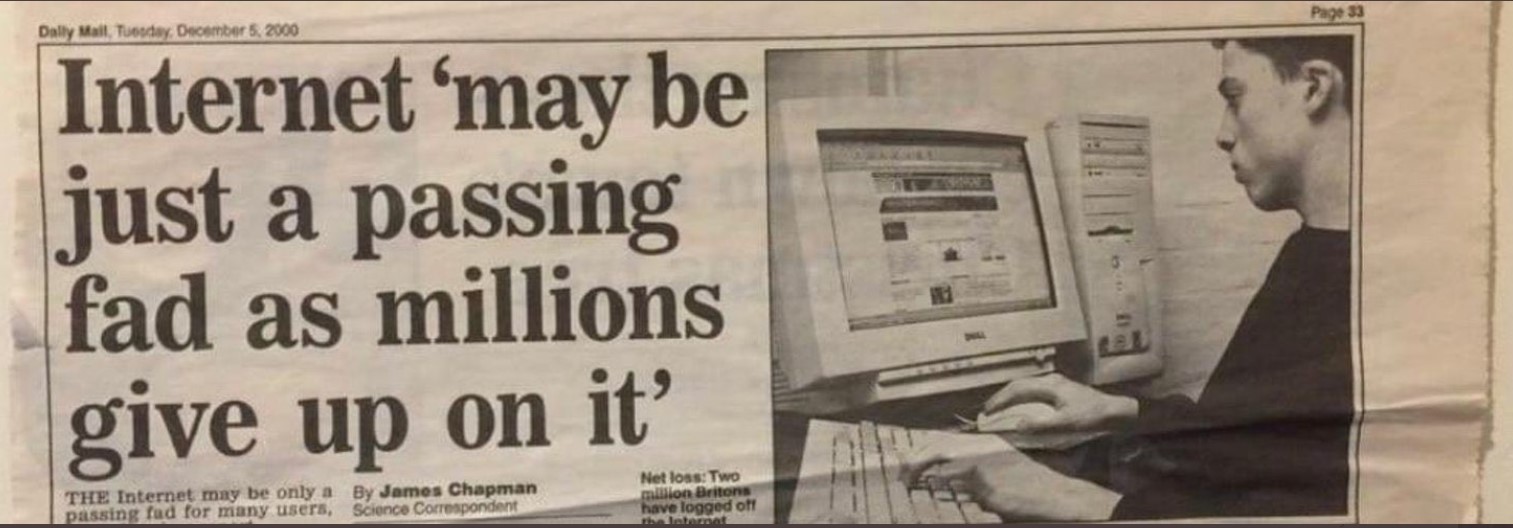Introduction
Everett Rodger's Diffusion of Innovation theory is a model for how a innovation spreads throughout a population.
It's modeled after a bell curve, and the idea is that when a new innovation comes out, not everybody will adopt it all at once. For example: the world wide web. When it was initially invented it was only the early inventors who used it. It wasn't until 7 years later in 1996 that it really started to take off. Now, it's a part of our day to day life and has (almost) completely diffused into our society.
 |
| The internet was not fully accepted by society even in year 2000 |
The theory does not only apply to innovations, however. It can also apply to ideas. For example: acceptance of same sex marriage. In the 90's it was not something that was very accepted, with only 27% of the population thinking it should be legal. But today, that number has increased to 71%. So of course it's not fully diffused yet, but we're in the stage of late majority.
Diffusion of TikTok
I wanted to talk about TikTok, because the story of how I adopted it is interesting. According to YPulse, only 12% of my generation used TikTok in 2019. Now that number is over 75%. Checking my app history, I first downloaded TikTok on October 7th 2018. That makes me an early adopter of the app, pretty significantly so.
But today, I no longer own the app. I uninstalled it in late 2020 and have not looked back since. I realized it had a negative impact on my mental health so I decided to delete it. So today, I do not have TikTok and I refuse to reinstall it, so what does this make me? Am I both a early adopter and a laggard?
Conclusion
What this research left me wondering is how does the diffusion of innovation theory account for the innovation being abandoned? Because most innovations are abandoned. A great example is chlorofluorocarbons. A substance that was widely used as a refrigerant, but got abandoned when it was discovered that it was damaging the Earth's ozone layer.
Diffusion of innovation definitely is not a perfect theory, but it's a good way of looking about how innovations are adopted.



No comments:
Post a Comment